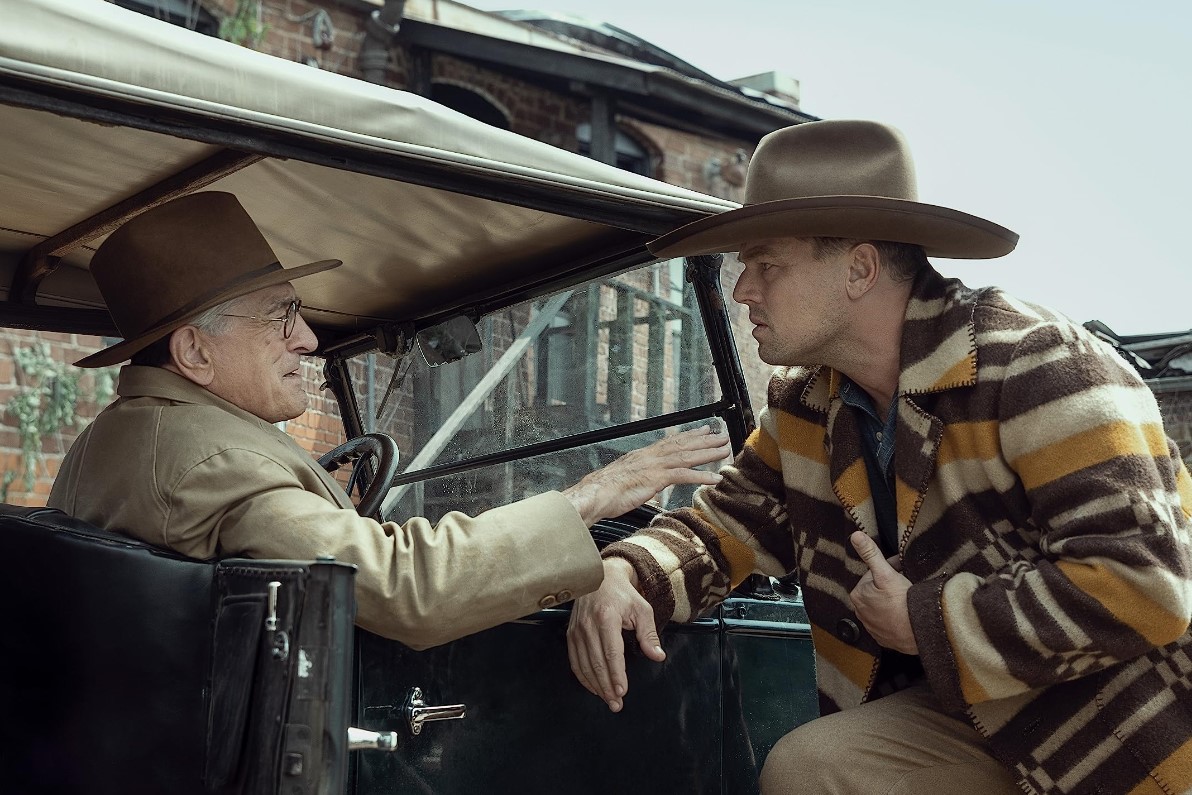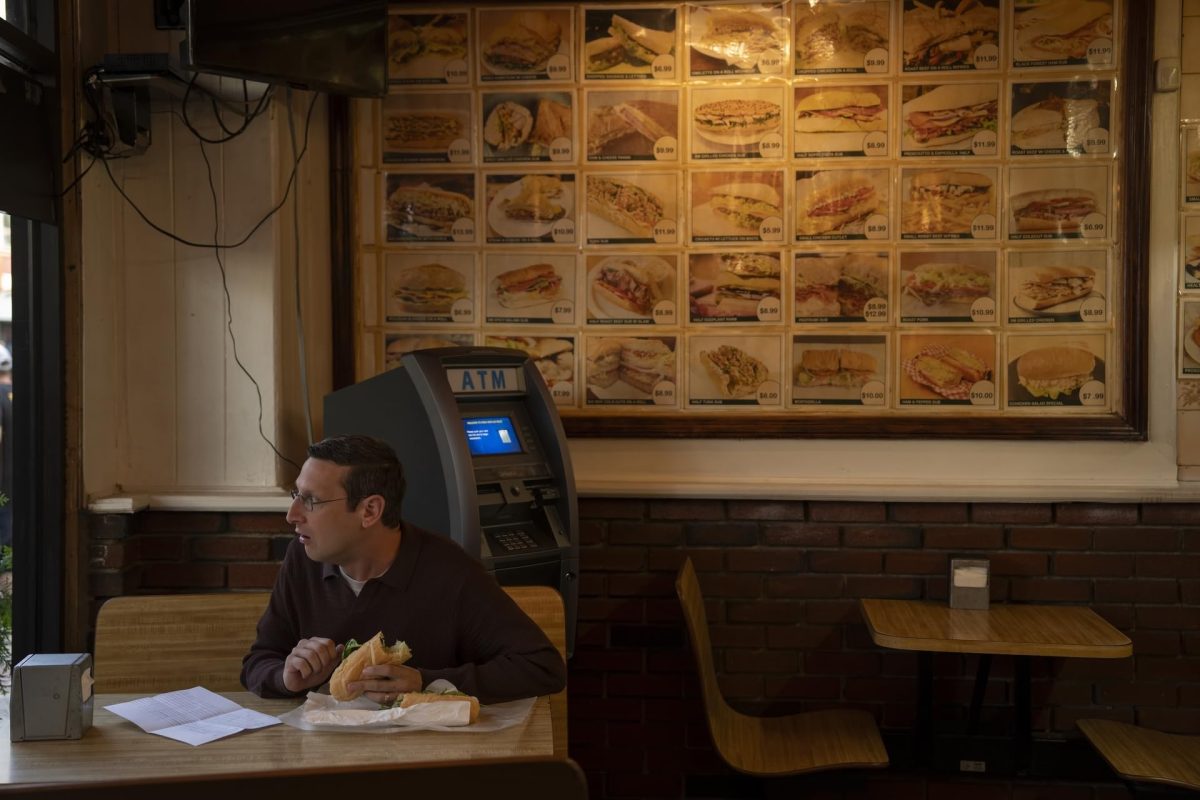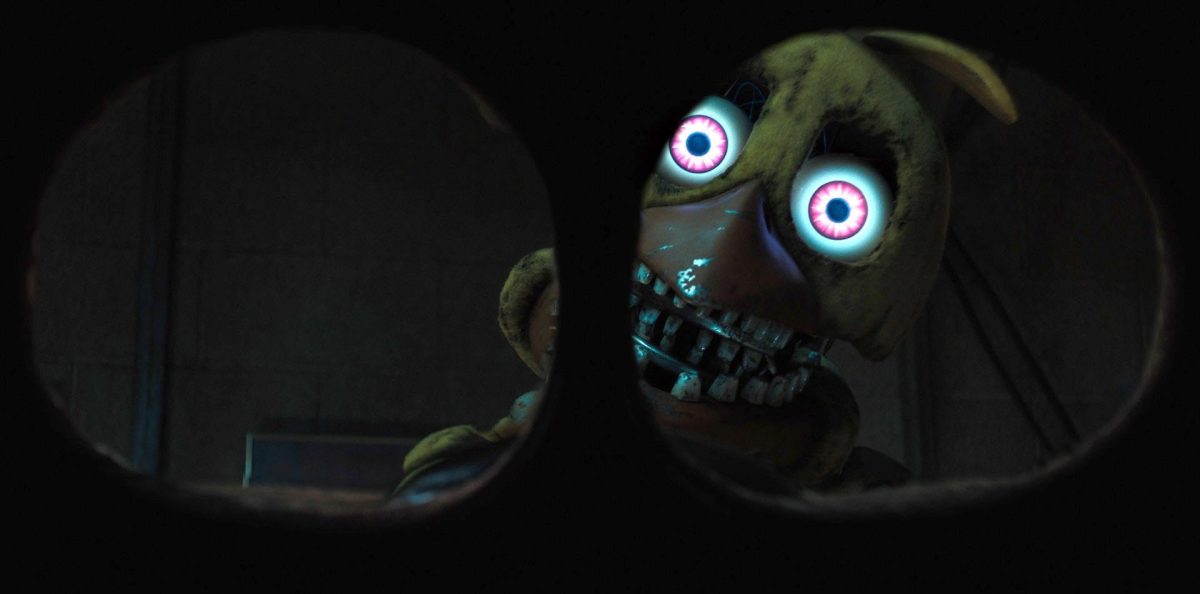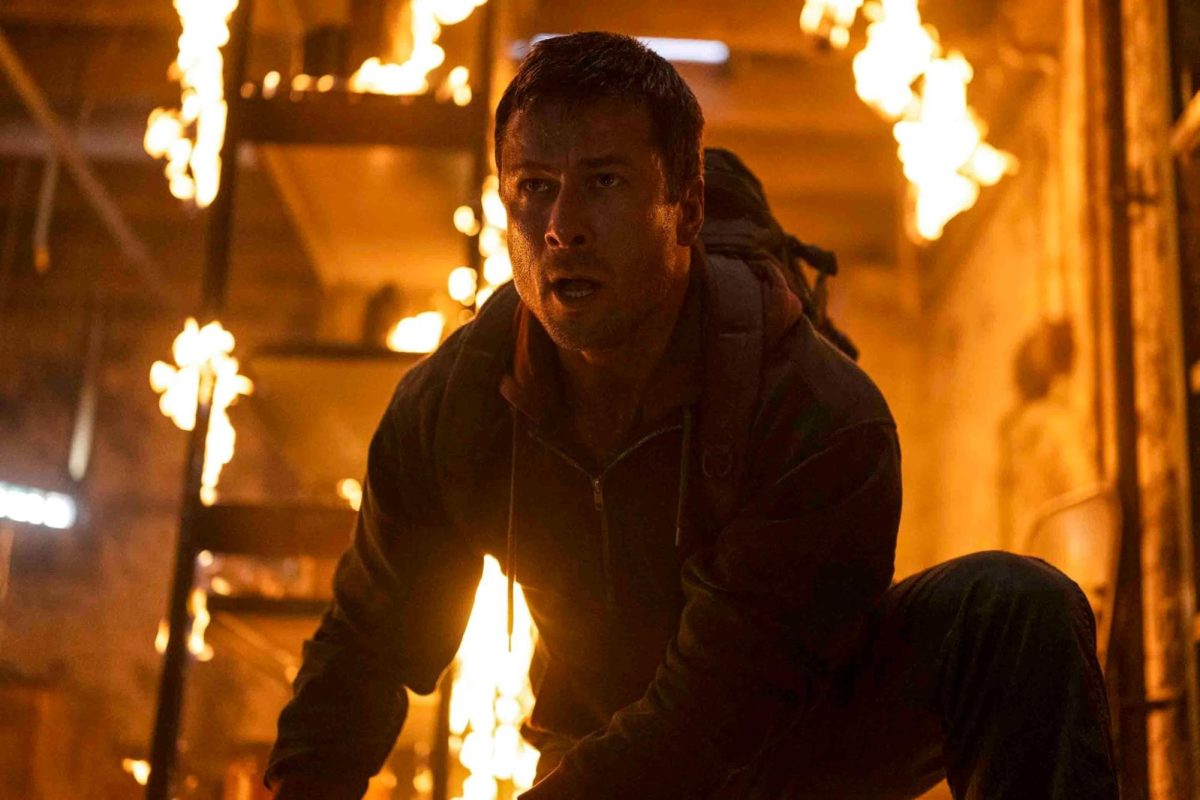**This review contains spoilers. **
Adapted from David Grann’s 2017 book “Killers of the Flower Moon: The Osage Murders and the Birth of the FBI” and based on true events is Martin Scorsese’s latest film “Killers of the Flower Moon.”
The film is a triumph that not only combines several genres but also presents the Osage culture in a way that is respectful and understanding of their ways.
The story follows Ernest Burkhart (Leonardo DiCaprio), who, after the first World War, goes to his uncle, William Hale (Robert De Niro) for a job in Osage County, Oklahoma. The Osage land has an abundance of oil, which creates a very wealthy community.
Burkhart falls in love and marries one of his clients, Mollie Kyle (Lily Gladstone), a rich full-blooded Osage. However, because of his greed and the influence of his uncle, Burkhart and others get roped into the idea of murdering his wife and her family to inherit their money made from the oil.
Get The Daily Illini in your inbox!
As many Osage people begin to die left and right, the plot carried out by Hale, Burkhart and the others involved catches the attention of the FBI. The group’s actions begin to catch up with them.
A theme that is present throughout the film is the idea of identity and how not only we change it, but how outside factors do as well.
For example, although Burkhart loves his wife, he does unthinkable things because of his greed and slight fear of his uncle. However, at the same time, it’s hard to feel bad for the character as he places himself in those situations with little remorse.
Demonstrated throughout the film is also the culture of the Osage people. According to Osage News, Scorsese directly worked and was in constant communication with the Grayhorse community of the Osage Nation to ensure the film remained accurate to their ways and also respected their culture.
According to a Rolling Stone interview with Jay Gray, the tribe’s former principal chief, the film feels like it truly is an Osage work.
“You feel like you watched an Osage film,” Gray said. “The white savior narrative isn’t really there. And it’s been replaced largely by the Osage.”
Gray is also the great-grandson of Henry Roan, a key figure in both the movie and the real-life events. Roan was Mollie’s first husband when they were both younger. With no legal record of her marriage, as the pair married in the Osage way, Mollie married Burkhart years after, but was still close with Roan and cared for him.
Roan’s murder represented a turning point for the case as it caused paranoia in the people of Osage County as to who committed the string of crimes.
Another great feature of “Killers of the Flower Moon” is its large cast full of recognizable names. However, Gladstone’s performance as Mollie is a powerhouse of a performance.
In every scene Gladstone is in, there’s a sense of care and importance in each line she speaks and each action she performs. Because of this, the viewer can feel for Mollie and the troubles she experiences.
“Killers of the Flower Moon” is a great balance of crime, drama and romance. The three-hour-and-26-minute runtime might appear intimidating at first, but the movie’s flow makes the audience feel as if no time has passed.
Scorsese said in an interview with the Irish Times that movie director Ari Aster and his films helped inspire the timing of “Killers of the Flower Moon.” Viewers can expect a similar pace and story progression found in Aster’s films “Hereditary,” “Midsommar” and “Beau is Afraid.”
The story doesn’t hold back and takes advantage of its lengthy runtime. Any scene where silence fills the screen is justified and has a purpose for being there. Robbie Robertson’s movie scores accompany the scenes, elevating each moment.
“People say it’s three hours, but come on, you can sit in front of the TV and watch something for five hours,” Scorsese said in an interview with the Hindustan Times. “Also, there are many people who watch theatre for 3.5 hours. There are real actors on stage, you can’t get up and walk around. You give it that respect, give cinema some respect.”






